- 全部删除
 您的购物车当前为空
您的购物车当前为空
OGN/Osteoglycin Protein, Human, Recombinant (His)
OGN (Osteoglycin) is a Protein Coding gene. This gene encodes a member of the small leucine-rich proteoglycan (SLRP) family of proteins. It belongs to the small leucine-rich proteoglycan (SLRP) family. The encoded protein induces ectopic bone formation in conjunction with transforming growth factor-beta and may regulate osteoblast differentiation. OGN is broadly expressed in the gall bladder, endometrium, and other tissues. OGN reduced Zeb-1 expression via EGFR/Akt leading to inhibition of epithelial-mesenchymal transition. In vitro and in vivo, the OGN expression was demonstrated to reduce cell proliferation, inhibit invasion of colon cancer cells then impede cancer progression. Diseases associated with OGN include Inhibited Male Orgasm and Cornea Plana.
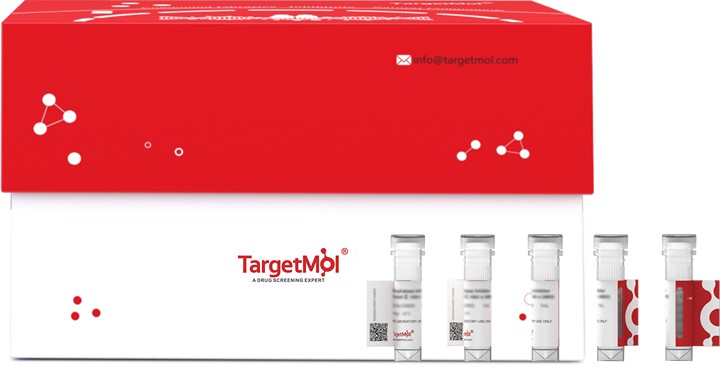
OGN/Osteoglycin Protein, Human, Recombinant (His)
| 规格 | 价格 | 库存 | 数量 |
|---|---|---|---|
| 5 μg | ¥ 429 | 6-8日内发货 | |
| 10 μg | ¥ 683 | 6-8日内发货 | |
| 20 μg | ¥ 1,130 | 5日内发货 | |
| 50 μg | ¥ 2,270 | 5日内发货 |
产品信息
| 生物活性 | Activity testing is in progress. It is theoretically active, but we cannot guarantee it. If you require protein activity, we recommend choosing the eukaryotic expression version first. |
| 产品描述 | OGN (Osteoglycin) is a Protein Coding gene. This gene encodes a member of the small leucine-rich proteoglycan (SLRP) family of proteins. It belongs to the small leucine-rich proteoglycan (SLRP) family. The encoded protein induces ectopic bone formation in conjunction with transforming growth factor-beta and may regulate osteoblast differentiation. OGN is broadly expressed in the gall bladder, endometrium, and other tissues. OGN reduced Zeb-1 expression via EGFR/Akt leading to inhibition of epithelial-mesenchymal transition. In vitro and in vivo, the OGN expression was demonstrated to reduce cell proliferation, inhibit invasion of colon cancer cells then impede cancer progression. Diseases associated with OGN include Inhibited Male Orgasm and Cornea Plana. |
| 种属 | Human |
| 表达系统 | HEK293 Cells |
| 标签 | C-His |
| 蛋白编号 | P20774 |
| 别名 | SLRR3A,osteoglycin,OIF,OG |
| 蛋白构建 | A DNA sequence encoding the human OGN (NP_054776.1) (Met1-Phe298) was expressed with a polyhistidine tag at the C-terminus. Predicted N terminal: Pro 21 |
| 蛋白纯度 | > 95 % as determined by SDS-PAGE. |
| 分子量 | 33.2 kDa (predicted) |
| 内毒素 | < 1.0 EU/μg of the protein as determined by the LAL method. |
| 缓冲液 | Lyophilized from a solution filtered through a 0.22 μm filter, containing PBS, pH 7.4. Typically, a mixture containing 5% to 8% trehalose, mannitol, and 0.01% Tween 80 is incorporated as a protective agent before lyophilization. |
| 复溶方法 | A Certificate of Analysis (CoA) containing reconstitution instructions is included with the products. Please refer to the CoA for detailed information. |
| 存储 | It is recommended to store recombinant proteins at -20°C to -80°C for future use. Lyophilized powders can be stably stored for over 12 months, while liquid products can be stored for 6-12 months at -80°C. For reconstituted protein solutions, the solution can be stored at -20°C to -80°C for at least 3 months. Please avoid multiple freeze-thaw cycles and store products in aliquots. |
| 运输方式 | In general, Lyophilized powders are shipping with blue ice. |
| 研究背景 | OGN (Osteoglycin) is a Protein Coding gene. This gene encodes a member of the small leucine-rich proteoglycan (SLRP) family of proteins. It belongs to the small leucine-rich proteoglycan (SLRP) family. The encoded protein induces ectopic bone formation in conjunction with transforming growth factor-beta and may regulate osteoblast differentiation. OGN is broadly expressed in the gall bladder, endometrium, and other tissues. OGN reduced Zeb-1 expression via EGFR/Akt leading to inhibition of epithelial-mesenchymal transition. In vitro and in vivo, the OGN expression was demonstrated to reduce cell proliferation, inhibit invasion of colon cancer cells then impede cancer progression. Diseases associated with OGN include Inhibited Male Orgasm and Cornea Plana. |


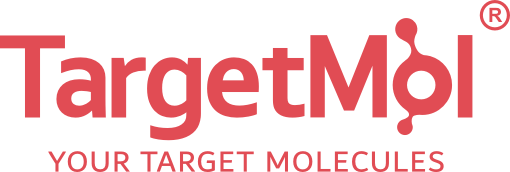








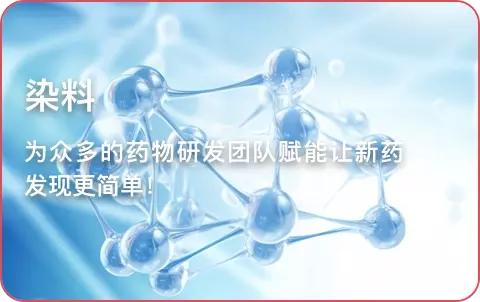





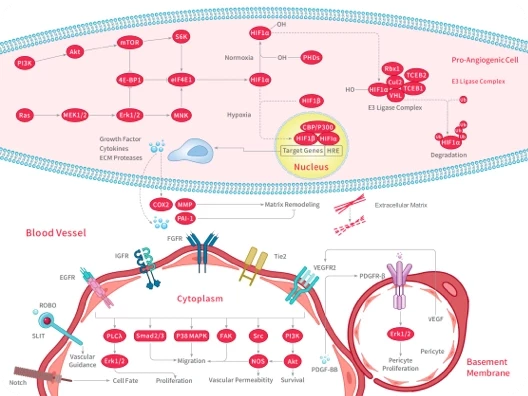

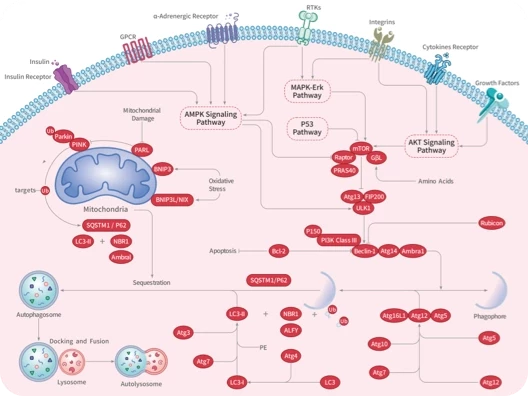

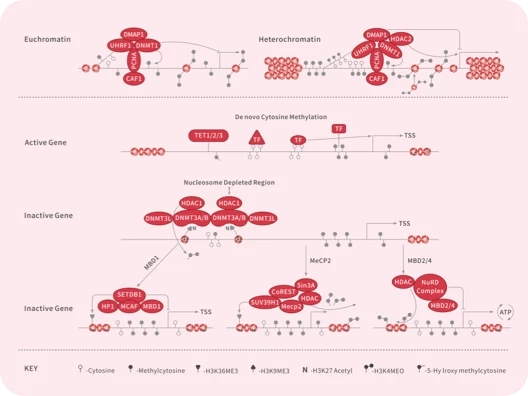
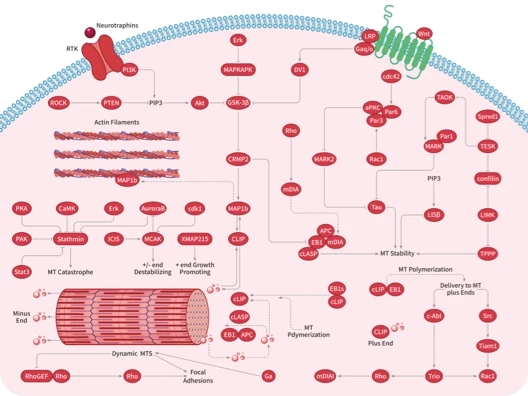
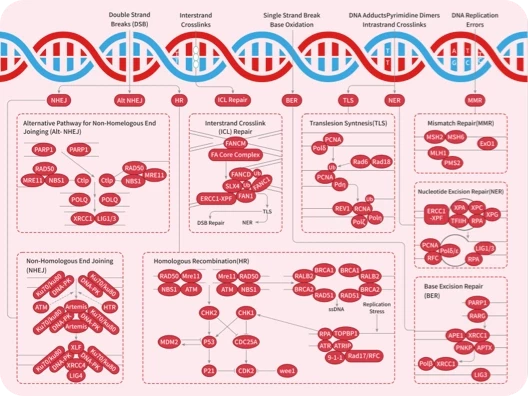
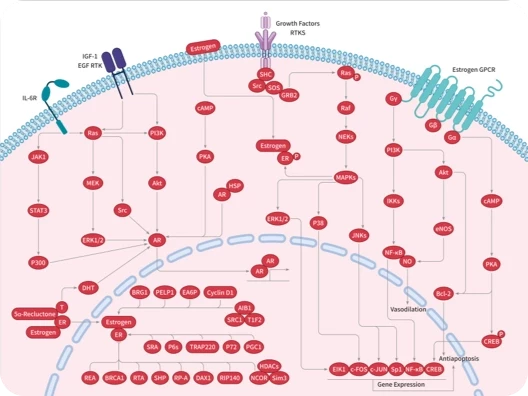
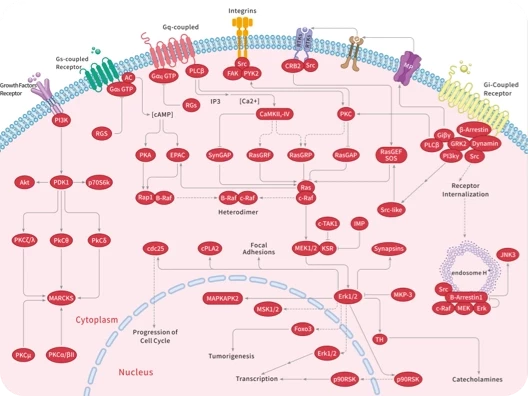
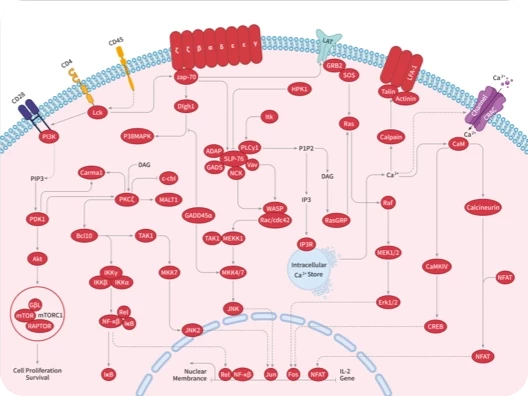
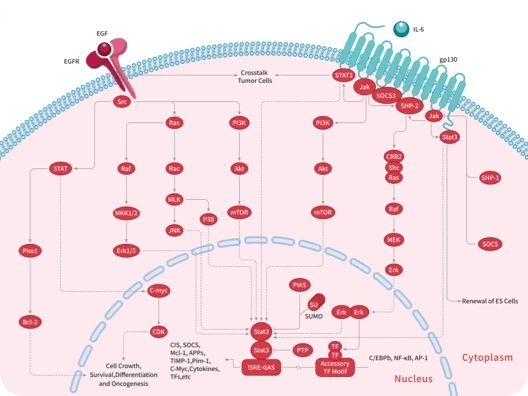
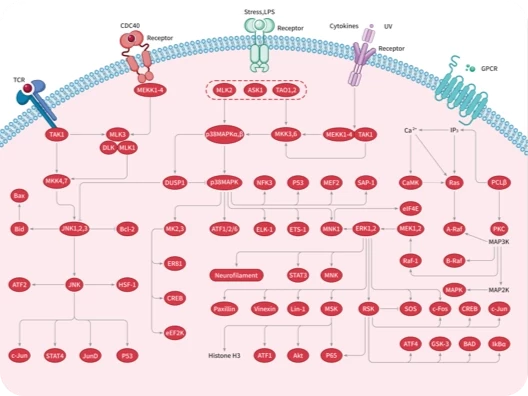
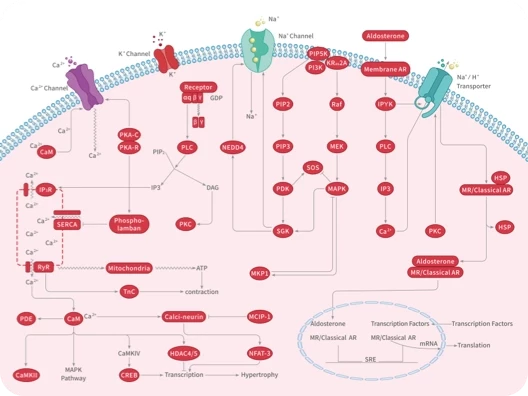
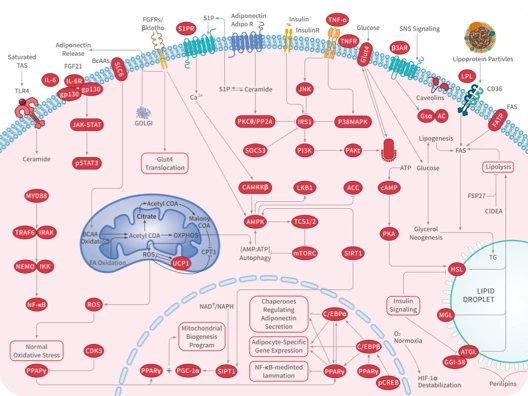
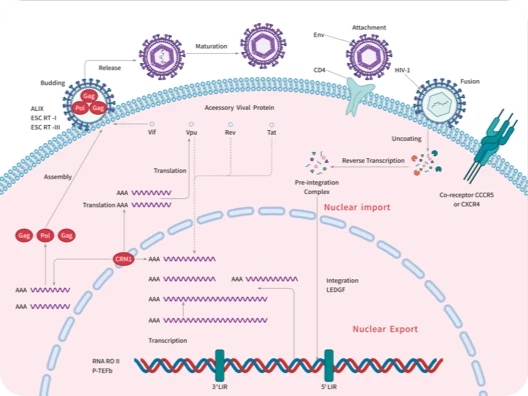

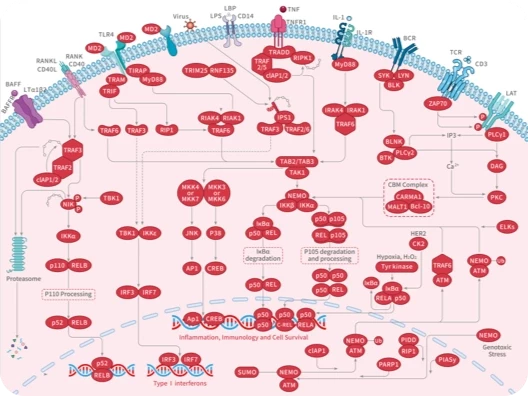
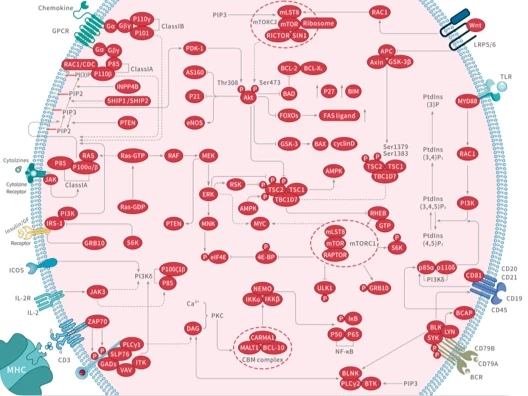
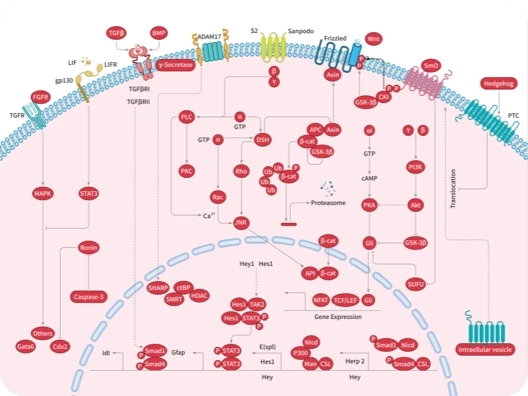
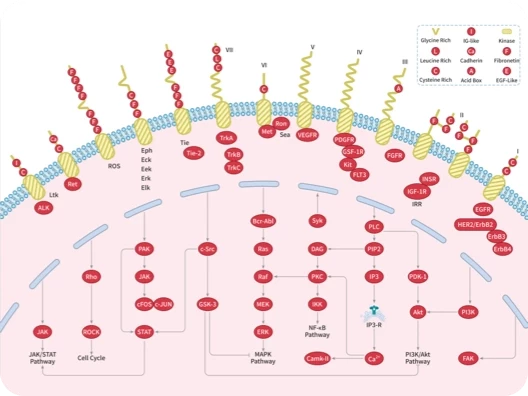
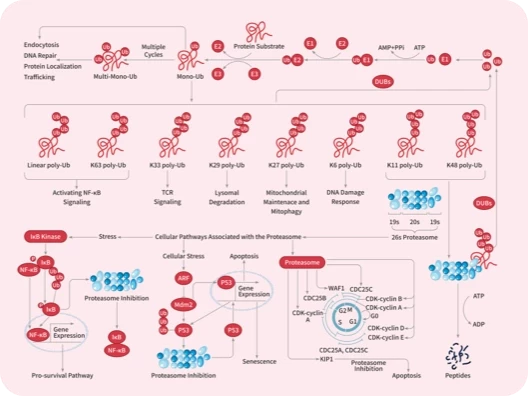


 |
|